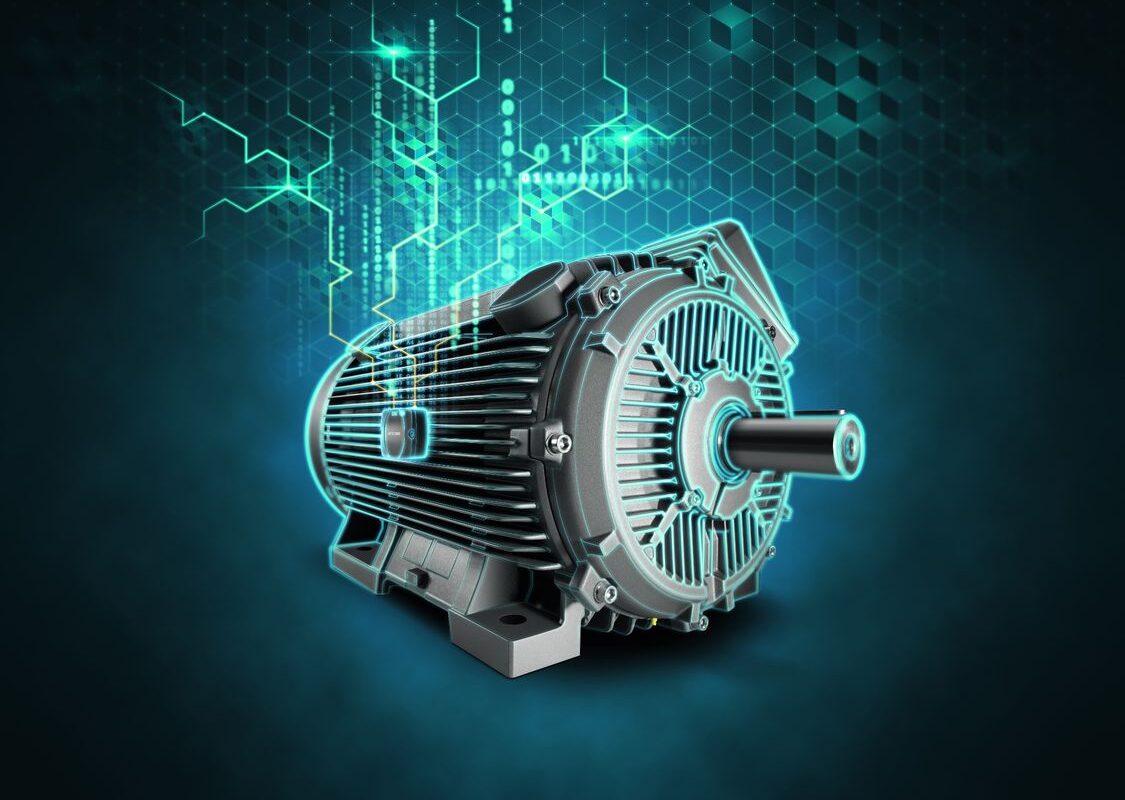Electric motors are electromechanical devices that convert electrical energy into mechanical energy. Motors operate by generating rotational motion from linear motion or rotational magnetic fields. The most common type of motor is the AC induction motor which converts alternating current into rotational motion through electromagnetic induction. Other types of electric motors include DC motors, stepper motors, servo motors and brushless DC motors.
Electric motors find widespread use across industries due to their simple and robust construction, high power-to-weight ratio, precision and reliability. Some key applications of electric motors include fans, vacuum cleaners, power tools, disk drives, electric vehicles, household appliances and industrial equipment such as conveyor systems, pumps, compressors and robotic arms.
Working Principle of AC Induction Motors
An AC induction motor consists of two main parts – a stationary stator having windings supplied with AC power and a rotating rotor. When alternating current is supplied to the stator windings, it generates a rotating magnetic field. The rotating magnetic field induces currents in the rotor windings which interact with the magnetic field to produce a mechanical torque causing the rotor to rotate.
The speed of the Electric Motor field is determined by the supply frequency while the speed of the rotor is slightly less than the synchronous speed. This difference in speeds is called slip. By varying the supply voltage or frequency, the speed of the rotor can be controlled. AC induction motors are self-starting, resilient to overloading, require low maintenance and have high power efficiency making them ideal for industrial applications.
Working Principle of DC Motors
In a DC motor, the stator consists of stationary electromagnets supplied with direct current. The rotor has a set of windings connected to brushes which rectify the AC to DC. When current flows through the stator coils, they generate a magnetic field. The magnetic interaction between the stator and rotor magnetic fields causes the rotor to rotate.
DC motors operate on the principle of Lorentz force law which states that a wire carrying current in a magnetic field experiences a mechanical force perpendicular both to the magnetic field and current direction. By reversing the current direction, the direction of rotation can also be changed. Commutator and brushes are used to alternately reverse the current in rotor coils to induce continuous rotation.
Applications of Electric Motors
Some key application areas of various electric motor types are discussed below:
– Industrial Machinery – AC induction and servo motors are used to power production machinery, conveyor belts, drill presses, lathes, robotic arms etc in manufacturing industries.
– Home Appliances – AC induction motors drive ventilation systems, washing machines, dishwashers, blenders while DC motors control blinds, automate garage doors.
– Automobiles – DC motors are used in electric windows, wipers, power steering while hybrid/electric vehicles employ large AC induction motors.
– Aerospace – Brushless DC and induction motors power aircraft systems like flight control surfaces, hydraulics while large DC motors propel electric aircraft.
– Heating, Ventilation, Air Conditioning – Fan/blower motors, compressor motors in HVAC systems almost always use AC induction motors for their ruggedness.
– Factory Automation – Stepping motors provide precise motion control in CNC machines, 3D printers while servo motors are used for pick and place automated assembly lines.
Advantages of Electric Motors
Electric motors offer numerous advantages compared to fuel combustion engines:
– High efficiency – Modern designs achieve over 90% efficiency compared to 35-45% for internal combustion engines.
– Controllability – Speed and movement direction can be precisely regulated through motor drives and controls.
– Low maintenance – With sealed enclosures and no lubrication requirement, they have a long service life.
– Reliability – Have fewer moving parts resulting in high reliability and uptime. Failures are also easily detectable and repairable.
– Pollution free – Do not directly produce polluting emissions like fossil fuel engines.
– Scalability – Available in a wide range of power ratings from fractional horsepower to multi-megawatt levels.
– Compactness – High power density enables very compact machine/vehicle designs.
Future of Electric Motors
With the global focus on electrification, renewable energy and emission reductions, electric motors are poised to gain even more prominence in the coming decades. Key future trends include:
– Widespread electrification of transportation with EVs and hybrids employing advanced motor technologies.
– Increased usage of electric propulsion systems in commercial aviation, marine vessels and other applications currently limited to combustion engines.
– Adoption of servo and IPM motors in industrial robotics, 3D printing, renewable energy gearboxes demanding precise motion control.
– Integrated motor drives reducing system costs while increasing efficiency, control and computing capabilities.
– Development of lightweight, high-efficiency permanent magnet synchronous and reluctance motors.
– IoT/Industry 4.0 enabling condition monitoring and predictive maintenance of motor systems over their lifetime.
*Note:
1. Source: Coherent Market Insights, Public sources, Desk research
2. We have leveraged AI tools to mine information and compile it




